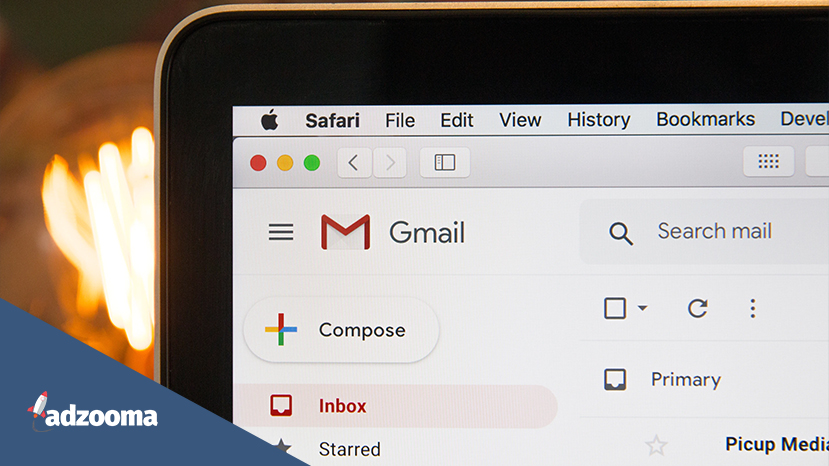It’s always good to have experts in your company; people who are extremely knowledgeable about their area of interest and know how to leverage it to attract customers and generate business. But this can create knowledge silos and it’s important to collaborate with different departments.
Email marketing and PPC is a great example. They work well together and there are several ways to use each one to the other’s advantage. Here are 6 reasons why they are a match made in heaven.
1. Use PPC to build your email list
No matter how large your list of email subscribers, if you’re not continuing to build it, you will eventually run out of people to send to. There are ways to acquire email lists, but many contacts will not meet your targeting criteria and will inevitably unsubscribe. That’s where PPC can help retain quality contacts.
By using networks like Google Ads, you can use audience targeting based on search queries, find users relevant to your business, and drive them through to your website. You can capture their email addresses in several ways:
- Send them to a landing page with an offer such as a free trial, a whitepaper download or an invitation to sign up for future updates. All they need to do to receive it is give you a few basic details.
- Alternatively, if they click straight through to the purchasing process, not only have you gained a new customer, but you also have the opportunity to capture their details at this stage and transfer them across to your email marketing activities.
2. Upload email lists to target PPC audiences
Not only can PPC be used to increase your email list, but the opposite is also true. You can now use your email list to expand your PPC audience. One of the most exciting new features of Google Ads, introduced last year, is Customer Match.
Customer Match allows users to upload pre-existing emails lists, and show their audience PPC ads specifically customized for them. As long as they have a Google account linked with their email address, you can segment and target customers and prospects based on any criteria you choose and then adapt your messaging accordingly.
3. Test email offers with PPC
When creating content for your email marketing, it’s hard to know what will work and what will be ignored. You can use some form of A/B testing to segment your email list and test different formats, designs and offers. You can also analyze the success of various emails to see what worked and what didn’t.
But there is a way to get a better idea of the effectiveness of an email offer before you send it, by testing it through PPC in advance. Using calls-to-action (CTAs), offers and visuals on a PPC landing page is a brilliant way to test them before sending them out to email lists. Run different formats in unison and see what receives the most click-throughs.
4. Trial your PPC creatives on email first
We discussed setting goals in our PPC roadmap article not long ago. One of the criteria was creatives – the images and creatives that go along with display ads. But images can go a long way in emails as well and one way to test the effectiveness of your display ad creatives is to trial them on email first.
By testing them in email promotions, you can get a rough baseline of how your ads will perform. Split testing and segmentation are recommended here as well, to get the best estimate for success. You want the best CTR for your ads after all.
5. Prevent email overload with PPC remarketing
One of the biggest mistakes email marketers make is to overwhelm their audiences with too many emails. You want to stay in regular communication and keep your brand in their mind, but what you don’t want is to outstay your welcome. Clogging an inbox is the best way to get recipients to unsubscribe or move you to their junk mail folder. You need to find other ways of reaching them.
Running PPC remarketing campaigns to your email lists allows you to stay fresh in their minds while they are browsing the internet, without being intrusive. The more someone sees your ads, the more likely they are to convert. By being omnipresent across email and Google, you increase conversions without alienating any of your audience, and you can send fewer emails with comparable results.
6. Improve Gmail Sponsored Promotions using your email marketing performance
Gmail Sponsored Promotions (GSP) are targeted ads that appear in a user’s Gmail inbox, resembling an unread email. The ad copy resembles the subject line of an email, and when clicked on, the ad expands to reveal content similar to a visual email. In light of this, your email marketing performance can be incredibly useful in informing your GSP strategy. Look at the emails that have had the highest open rates and click-through rates. By analyzing subject lines and offers that have been demonstrably effective with your subscribers, you can craft similar ad copy to boost your GSP success.
Conclusion
Cross-functionality can strengthen your overall marketing performance. PPC and email marketing, if used in collaboration, can have a perfectly symbiotic relationship in which one boosts the performance of the other, and vice versa. The right combination can result in more precise targeting, larger audiences, higher click-through rates and more conversions.
If you are still operating according to islands of knowledge, this is the time to open up communication and take a more holistic approach to your marketing.




